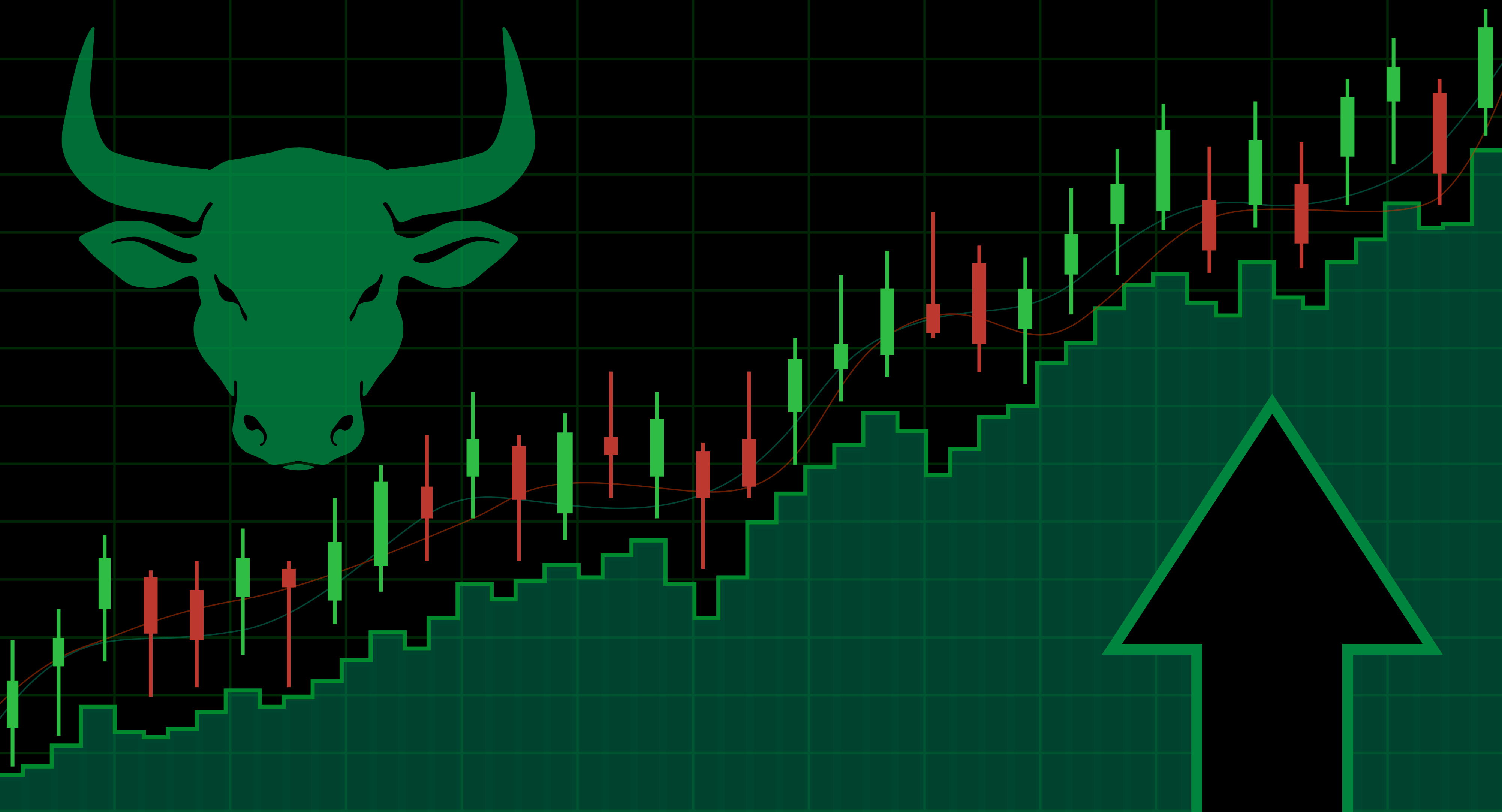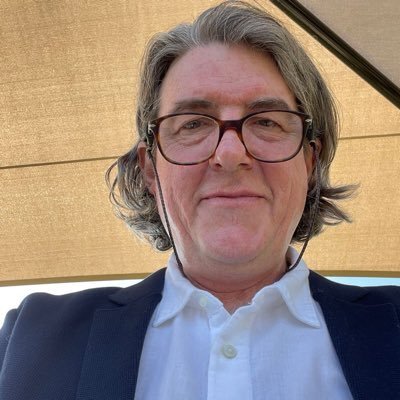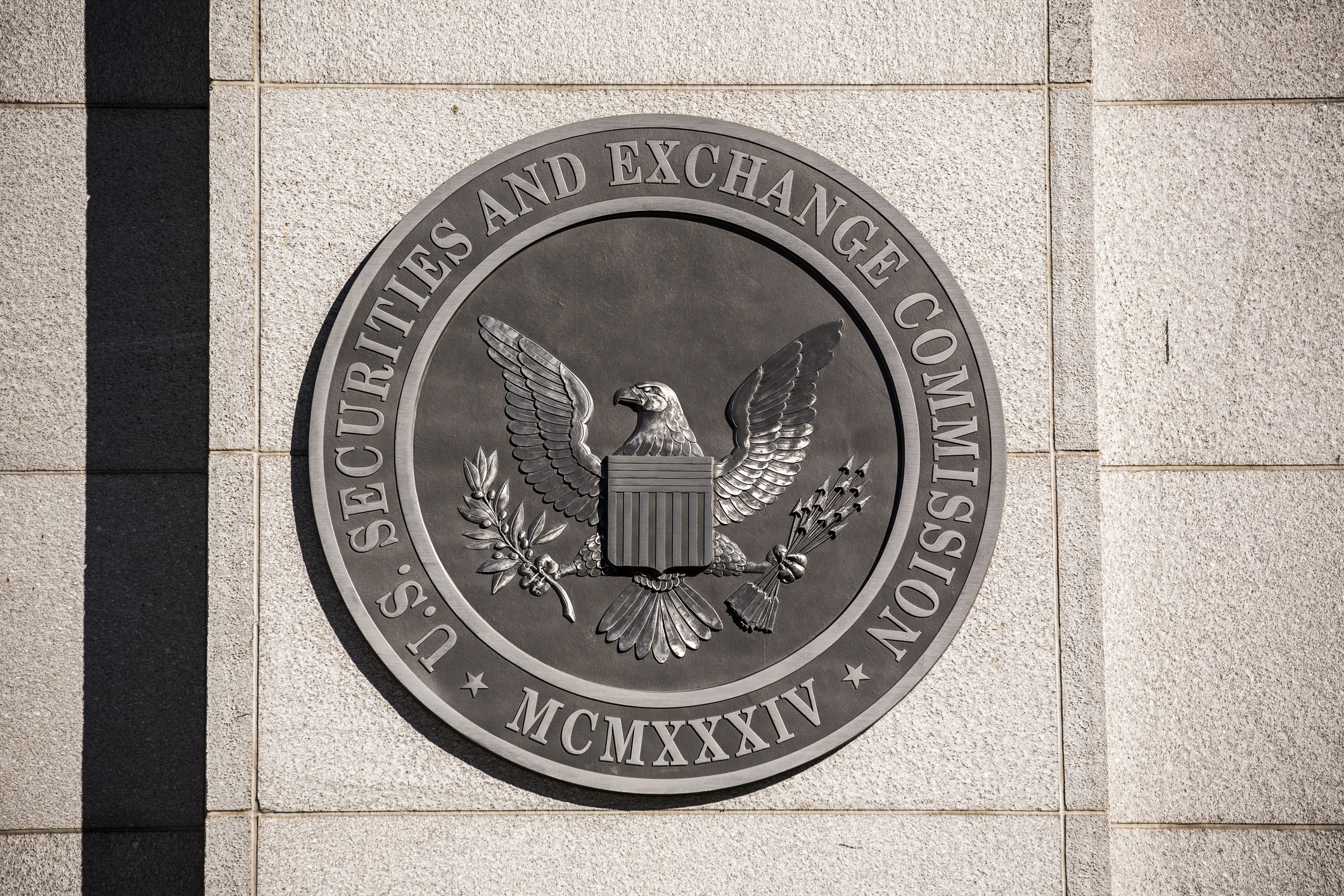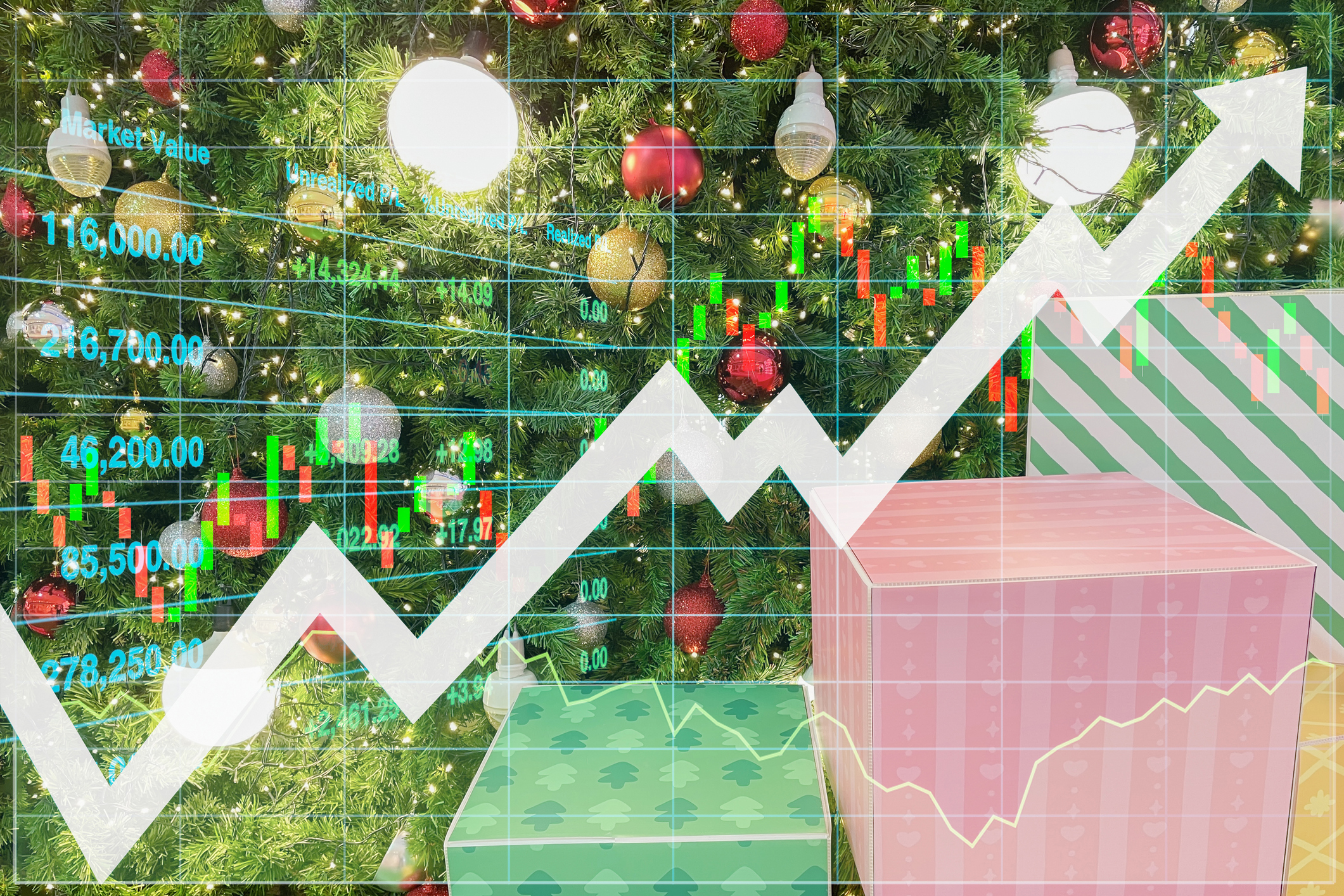Dow Rips 846 Points to New All-Time High: Stock Market Today
Fed Chair Jerome Powell seems ready to cut interest rates in the fall but will still rely on incoming economic data about inflation and employment.


All three main U.S. equity indexes gapped up at the opening bell and bounced even higher after Federal Reserve Chair Jerome Powell suggested in his keynote speech at the Jackson Hole Economic Symposium that, all things considered, the Fed could cut interest rates as soon as September.
"In the near term," Powell said at Jackson Hole, "risks to inflation are tilted to the upside, and risks to employment to the downside." In his prepared remarks, Powell cited the still-emerging impacts of shorter-run factors such as tariffs and immigration policy as well as longer-term factors such as fiscal and regulatory policy.
"The effects of tariffs on consumer prices are now clearly visible," the Fed chair said of inflation. At the same time, however, "A reasonable base case is that the effects will be relatively short lived – a one-time shift in the price level." Powell also acknowledged "GDP growth has slowed notably" this year.
From just $107.88 $24.99 for Kiplinger Personal Finance
Become a smarter, better informed investor. Subscribe from just $107.88 $24.99, plus get up to 4 Special Issues

Sign up for Kiplinger’s Free Newsletters
Profit and prosper with the best of expert advice on investing, taxes, retirement, personal finance and more - straight to your e-mail.
Profit and prosper with the best of expert advice - straight to your e-mail.
Noting the Fed's framework requires it to balance both sides of its dual mandate, Powell conceded that "with policy in restrictive territory, the baseline outlook and the shifting balance of risks may warrant adjusting our policy stance."
The Fed chair concluded by emphasizing members of the Federal Open Market Committee will make policy decisions "based solely on their assessment of the data and its implications for the economic outlook and the balance of risks" and "will never deviate from that approach."
The yield on the 2-year U.S. Treasury note – a good proxy for market expectations for Fed moves – ticked down to 3.694% from 3.792% as of Thursday.
According to the CME Group's FedWatch tool, the probability Powell & Co. will cut the target range for the federal funds rate by 25 basis points at the next Fed meeting is 83.1%, up from 75.0% as of August 21.
"Labor-market weakness appears to have outweighed inflation risk for the Fed," observes Morgan Stanley Wealth Management Chief Economic Strategist Ellen Zentner, "and the markets' initial response speaks for itself."
The Fed reaffirmed its 2% inflation target as part of its monetary policy framework review. But, as Zentner concludes, there are other longer-term questions in play now: "The debate about how far and fast the Fed will cut rates is just beginning."
Though Powell did not address the issue today, central bank independence is another lingering question after President Donald Trump said he would fire Fed Governor Lisa Cook over allegations of mortgage fraud if she refuses to resign.
The U.S. Dollar Index (DXY) declined by 0.9% to 97.74 vs 98.62 Thursday, and the 10-year U.S. Treasury yield, also a broad indicator of market sentiment, fell to 4.258% from 4.332% Thursday.
At the closing bell, the blue-chip Dow Jones Industrial Average was up 846 points and 1.9% to 45,631, shattering its previous all-time record closing high of 45,014.04 set on December 4, 2024.
The broad-based S&P 500 had added 1.5% to end a five-session losing streak and close the week at 6,466 – a new all-time high on a weekly closing basis.
And the Nasdaq Composite was higher by 1.9% to 21,496, the tech-heavy index riding refreshed risk-on appetite to end within 1% of its own new closing high.
Who led the Dow stocks? CAT? CAT?! CAT!
Caterpillar (CAT) led the 30 Dow Jones stocks for a while today, and so did Sherwin-Williams (SHW).
SHW has all appearances of a Peter Lynch stock for those who like to focus on how to invest in what you know. But CAT – one of the best stocks to buy for dividend growth – came out on top Friday.
CAT continues to enjoy renewed support on Wall Street, with Evercore ISI analyst David Raso upgrading the industrial stock from Hold to Buy this week and raising his 12-month target price from $365 to $476. Raso rated Caterpillar a Sell at the start of 2025.
As Al Root of Barron's reports, FactSet data shows that 54% of analysts now rate CAT stock Buy, up from 33% a year ago. And the average 12-month target price is $454 vs $353.
Earnings are still the thing … Nvidia's most of all
Nvidia (NVDA) did not make a new all-time high Friday. But the leader of the AI revolution will take its place on the earnings calendar after the closing bell Wednesday, August 27. And it's fair to say the whole world will be watching – or at least that part of it invested in the stock market.
NVDA stock is up more than 30% in 2025 vs a gain of about 10% for the S&P 500, supported by AI and data center spending by "big four" hyperscalers Alphabet (GOOGL), Amazon.com (AMZN), Meta Platforms (META) and Microsoft (MSFT) as well as stable inflation, economic growth and "expectations of declining interest rates," according to Treasury Partners Chief Investment Officer Richard Saperstein.
Wedbush analyst Matt Bryson reiterated his Outperform (or Buy) rating and raised his 12-month target price from $175 to $210 heading into Nvidia's earnings announcement. "We continue to believe growth in announced hyperscale spend is largely going to build out AI capabilities and in particular end up flowing to NVDA," the analyst says.
Be sure to join us next week for our live Nvidia earnings coverage.
Related content
- How to Invest for a Fall Interest Rate Cut by the Fed
- Best Stocks to Buy for Fed Rate Cuts
- Who Will Replace Jerome Powell as Fed Chair?
Profit and prosper with the best of Kiplinger's advice on investing, taxes, retirement, personal finance and much more. Delivered daily. Enter your email in the box and click Sign Me Up.

David Dittman is the former managing editor and chief investment strategist of Utility Forecaster, which was named one of "10 investment newsletters to read besides Buffett's" in 2015. A graduate of the University of California, San Diego, and the Villanova University School of Law, and a former stockbroker, David has been working in financial media for more than 20 years.
-
 The SEC Is Concerned for Older Investors and Retirement Savers. Here's What You Should Know
The SEC Is Concerned for Older Investors and Retirement Savers. Here's What You Should KnowThe SEC focusing on older investors, retirement and college savers, and private securities. Here's how those changes impact you.
-
 Vesting, Catch-Ups and Roths: The 401(k) Knowledge Quiz
Vesting, Catch-Ups and Roths: The 401(k) Knowledge QuizQuiz Test your understanding of key 401(k) concepts with our quick quiz.
-
 Why You Should Pay Attention to Company Guidance
Why You Should Pay Attention to Company GuidanceUnderstanding how corporate profit forecasts affect analysts’ estimates and stock ratings can help you make investment decisions.
-
 The SEC Is Concerned for Older Investors and Retirement Savers. Here's What You Should Know.
The SEC Is Concerned for Older Investors and Retirement Savers. Here's What You Should Know.The SEC focusing on older investors, retirement and college savers, and private securities. Here's how those changes impact you.
-
 Why You Should Pay Attention to Company Guidance
Why You Should Pay Attention to Company GuidanceUnderstanding how corporate profit forecasts affect analysts’ estimates and stock ratings can help you make investment decisions.
-
 How to Protect Yourself and Others From a Troubled Adult Child: A Lesson from Real Life
How to Protect Yourself and Others From a Troubled Adult Child: A Lesson from Real LifeThis case of a violent adult son whose parents are in denial is an example of the extreme risks some parents face if they neglect essential safety precautions.
-
 To Build Client Relationships That Last, Embrace Simplicity
To Build Client Relationships That Last, Embrace SimplicityAs more automation becomes the norm, you can distinguish yourself as a financial professional by using technology wisely and prioritizing personal touches.
-
 Client Demand Is Forcing Financial Advisers to Specialize: How to Deliver
Client Demand Is Forcing Financial Advisers to Specialize: How to DeliverThe complexity of wealthy clients' needs — combined with AI and consumer demand — suggests the future of financial planning belongs to specialized experts.
-
 Stocks Rise to the Spirit of the Season: Stock Market Today
Stocks Rise to the Spirit of the Season: Stock Market TodayInvestors, traders and speculators are beginning to like the looks of a potential year-end rally.
-
 A Financial Planner Takes a Deep Dive Into How Charitable Trusts Benefit You and Your Favorite Charities
A Financial Planner Takes a Deep Dive Into How Charitable Trusts Benefit You and Your Favorite CharitiesThese dual-purpose tools let affluent families combine philanthropic goals with advanced tax planning to generate income, reduce estate taxes and preserve wealth.
-
 A 5-Step Plan for Parents of Children With Special Needs, From a Financial Planner
A 5-Step Plan for Parents of Children With Special Needs, From a Financial PlannerGuidance to help ensure your child's needs are supported now and in the future – while protecting your own financial well-being.